Vacuuming is something we all do, but not every vacuum is the same. Some people roll a heavy upright across the floor.
Others let a robot do the work. And some use a system built into the walls: quiet, powerful, and hidden. That's a central vacuum. But is it better than the ones you can buy off the shelf?

What Is a Central Vacuum System and How Does It Work?
A central vacuum is built into the home. The main motor stays far from the living room. Usually, it sits in the garage, basement, or another quiet place. The dirt it collects also stays there, far from your family's breathing space.
This system cleans the whole house using:
- Power Unit. This is the heart of the system. It pulls dirt through pipes. The unit is large and powerful.
- Pipes. These go inside the walls, floors, or ceiling. They connect each room to the motor.
- Low Voltage Wiring. This small wire follows the pipes. It sends the signal to turn the motor on.
- Wall Inlets. These are installed in each area you want to clean. They are about the size of a light switch.
- Hose and Attachments. You plug the hose into the wall inlet. The system turns on, and suction begins.
You can choose different hoses. Some are regular and stored in a closet. Others slide back into the wall after use (called Hide-A-Hose). No motor is in your hands. Only a hose and cleaning head.
Some homes add special floor-level inlets. You sweep dust toward them with a broom. A quick tap, and the dust vanishes into the system.
That's the idea behind central vacuums: strong cleaning power, low noise, and no need to drag a full vacuum around.
How Much Does a Central Vacuum Cost?
A central vacuum costs more than most portable vacuums. But it can also last much longer. A full system usually costs between $1,000 and $3,000. This price covers the power unit, pipes, inlets, hose, and basic tools. It does not include extras like a retractable hose or a dustpan built into the wall.
You can hire a professional to install it. That adds about $500 to $1,000 to the cost. A pro knows where to place pipes and inlets. They drill fewer holes and finish the job faster.
Or you might install the system by yourself. A do-it-yourself kit often starts at $1,000 or less. You will need tools and a plan. You must cut wall openings and run pipes through the attic or basement.
Central vacuums cost less to maintain over time. Most homes need to empty the dust container only once every three months. Filters may need changing once or twice a year. Motors can last ten years or more with normal use. Over time, the system becomes part of the home. It adds value if you decide to sell. A clean, built-in system is something many home buyers look for.

What Are the Advantages and Disadvantages of a Centralized Vacuum System?
A central vacuum does more than just clean. It changes how you clean. But like any system, it has both good and bad sides.
Advantages
- Strong Suction. Central vacuum systems typically feature motors that provide over 22,000 Pa (600 air watts, measured under typical airflow conditions of around 50–60 CFM, where air watt values roughly correspond to the suction pressure in pascals) of suction power, significantly more powerful than most portable units (which generally offer 7,000–11,000 Pa).
- Less Noise. The motor is far from the living area. You only hear the air moving through the hose.
- Cleaner Air. The system moves dust out of the room and into a sealed container. Nothing blows back into the air you breathe.
- No Heavy Machine to Push. You only carry a hose. There are no wheels, no cords, and no heavy body to roll over carpets.
- Fewer Emptying Times. Most homes only empty the canister every two or three months. That means less mess and less time spent dealing with it.
- Long Life. Central vacuums last longer than most upright or robot models. Some run for over ten years without major repairs.
- Adds Home Value. Many buyers see built-in systems as a bonus. Some are willing to pay more for homes that include them.
- Easy Use in Large Homes. You can clean one floor, then go to the next without dragging a full unit. Just carry the hose from inlet to inlet.
Disadvantages
- High Starting Cost. The system costs more than most vacuums. Even a basic setup is above $1,000.
- Needs Installation. The system must be built into the walls. That means time, planning, and sometimes holes in the drywall.
- Not Mobile. You cannot take it with you when you move. Once installed, it stays in the home.
- Risk of Blocked Pipes. If large items go in by mistake, the pipes can clog. Clearing them may take tools or a service visit.
- Less Useful in Small Apartments. If you live in a small unit, a central vacuum may be too much. A smaller upright or robot vacuum may do the job just fine.
- Repairs Can Be Hard. If the system breaks inside the wall, fixing it may not be simple. You may need to open part of the wall.
A central vacuum is quiet, powerful, and clean. But it costs more, and it fits best in larger homes or new builds.
Central Vacuum System vs. Upright vs. Robot Vacuums
A central vacuum system offers strong power and long-term value. But it's not the only choice. Upright and robot vacuums are getting smarter and faster every year. They now offer features like AI mapping, auto-mop washing, and real-time dirt detection, which a central system can't do. So, how do these options compare? Below is a full look at what each type does best, where they fall short, and what kind of home each one fits.
Performance Comparison
- Central Vacuum (CV): Very strong suction. Most systems offer over 22,000 Pa. Suction holds steady across long pipe runs.
- Upright Vacuum (UV): Moderate suction. Most models range from 5,000 to 11,000 Pa. Performance can drop as the dust bin fills.
- Robot Vacuum (RV): Lower suction overall, normally falling behind CV and UV systems. But some high-end models, such as Dreame X50 Ultra, can reach 20,000 Pa.
Performance by Surface Type
- Carpets: CV handles thick carpets well. UV also performs well, especially with powered brush heads. RV is better on low to medium pile. Some units may struggle with long fibers or high-pile rugs.
- Hard Floors: All three types do a good job here. RVs are particularly effective along edges. Some even use special mop extensions to clean into corners.
- Corners and Edges: CV tools can clean right up against baseboards. High-end RVs use side brushes or extending arms to sweep out debris near walls.
- Mop Capabilities: Central vacuum systems do not support any mopping functions. They are built for dry suction only. Upright vacuums sometimes support wet-dry cleaning, but users must fill and empty water tanks manually. Robot vacuums are the most advanced in mopping. Some high-end models clean with heated water, detect dirty zones, re-mop stained areas, and dry mop pads with hot air after use.
How Dirt Is Collected and Stored
- Central Vacuum: Debris moves through wall tubing into a remote canister. You usually empty it every two to three months.
- Upright Vacuum: Dust goes into a small cup or bag. It usually needs emptying every couple of uses.
- Robot Vacuum: The dust bin is inside the robot body. Some models connect to auto-empty stations with bags that hold dirt for up to 3 months.
Smart Features
- Central Vacuum: Very few. May include a filter indicator or a bag-full light.
- Upright Vacuum: Some models include auto-adjusting heads, dust sensors, dirt detection, and automatic suction adjustment.
- Robot Vacuum: Most advanced. Top models offer AI cleaning paths, obstacle avoidance, multi-floor mapping, APP control, and nighttime cleaning with LED lights.
Convenience (Daily Clean-up vs. Deep Clean)
- Daily Clean-up: Robot vacuums are the easiest to run every day. Some can clean over 300 square meters (3229 square feet) per charge.
- Deep Clean: While central vacuums offer powerful suction and wide-area coverage, they can be less convenient for tight corners, stairs, or detailed cleaning tasks, where cordless or robotic models often excel due to their maneuverability and compact design. Some high-end robotic vacuums now reach up to 20,000 Pa in suction power. With smart path planning and mop re-cleaning features, they can rival central vacuums in specific high-difficulty cleaning tasks, especially on hard floors and in tight spots
Allergy Reduction Potential
- Central Vacuum: Excellent. Dust is pulled completely out of living spaces and stored far away. Nothing blows back into the room.
- Upright Vacuum: Good. HEPA filters help, but opening the dust bin can release particles back into the air.
- Robot Vacuum: Good, especially in sealed systems with auto-disposal. Reduces hand contact with dust.
Cost Comparison (Over 10 Years)
| Type | Initial Cost | Lifespan | Consumables | Total Cost |
|---|---|---|---|---|
| Central Vacuum | $1,500–$4,000 (with installation) | 10–20 years | Low | ~$4,000 |
| Upright Vacuum | $300–$600 | 5–8 years | Medium | ~$700–$1,200 |
| Robot Vacuum | $700–$1,200 | 5–7 years | Medium–High | ~$1,600–$2,700 |
Maintenance and Longevity
- Central Vacuum: Lasts the longest. The motor rarely breaks. It just needs a filter change and canister emptying every few months.
- Upright Vacuum: Brushes and filters wear down. May clog or break. Often replaced within 7 years.
- Robot Vacuum: Potentially shorter lifespan. Needs updates, brush care, and battery checks. High-end models include self-cleaning and drying systems to reduce daily upkeep.
A quick look at how central vs. upright vs. robot vacuums differ:
| Feature | Central Vacuum | Upright Vacuum | Robot Vacuum |
|---|---|---|---|
| Suction Power | Very High (over 22,000 Pa) | Lower (7,000–11,000 Pa) | Moderate (up to ~20,000 Pa) |
| Surface Range | All surfaces | All surfaces | Best on hard floors, short carpets |
| Smart Features | Very Few | Some manual aids | Most Advanced |
| Mopping | Not supported | Includes warm water cleaning and auto brush wash. | Supports heated mop wash, hot air drying, and smart re-mopping. |
| Edge/Corner Reach | Manual tools reach corners | Manual, less flexible | Up to 99% with side brushes |
| Daily Use | Less convenient | Some effort required | Easiest and most automatic |
| Deep Clean Power | Strongest | Good with powered heads | Fair to Good (depends on model) |
| Dust Storage | Remote canister (large) | Small onboard bin/bag | Small bin or auto-empty station |
| Allergy Performance | Excellent (dust removed fully) | Moderate | Good (if a sealed system is used) |
| Total Cost (10 Years) | ~$4,000 | ~$700–$1,200 | ~$1,600–$2,700 |
| Lifespan | 10–20 years | 5–8 years | 5–7 years |
What Are Modern Alternatives to Centralized Vacuuming?
Central vacuum systems are strong and last for years. But smart cleaning tech is moving ahead fast. Many homes now use robot vacuums with advanced base stations that do much more than just charge.
The Dreame X40 Master is one of the most advanced models today. It doesn't just clean floors; it takes care of itself. Its base station can be installed discreetly inside a cabinet or recessed into your wall, blending effortlessly into your home aesthetic. With direct connections to a water supply pipe and floor drain, it enables fully automated mop washing and self-emptying, meaning no refilling, no dumping, no mess. It's smarter, sleeker, and more hygienic than a central vacuum system, without the bulky tubing or renovation hassle.
Compared to a central vacuum, the X40 Master does both vacuuming and mopping. And it doesn't need any wall piping, big motor units, or manual dumping. It takes care of daily and deep cleaning on its own. You won't need to lift a finger, not even to refill the tank. That's a level of ease and smart control that traditional systems can't match.
Are Central Vacuums Worth It?
Central vacuum systems cover more ground than most other options. One wall inlet can serve up to 600 square feet. A whole-home system can reach every floor, hallway, and corner without moving a heavy unit. The suction stays steady, even across long pipe runs. For large homes, that's a major strength.But power and coverage are not everything.
Central vacuums don't adapt. They follow where you go but never lead. They can't sense dirt levels, adjust suction, or avoid toys on the floor. There's no real-time mapping, no app control, no voice commands. You still need to plug in a long hose and clean each space yourself.
They also handle only dry messes. No mopping. No pad washing. No stain re-cleaning. For sticky floors, wet spills, or bathroom tiles, you'll need other tools. Robot vacuums, especially advanced ones with auto mop cleaning and heated drying, now manage tasks that central systems can't reach.
If you live in a big house and want raw cleaning power and long-term value, central vacuums are a solid choice. But if your needs include smart scheduling, auto-mopping, or flexible cleaning while you work or sleep, a robot vacuum may be a better fit.
Which Vacuum System Is Right for Your Home?
Central vacuums provide excellent cleaning performance, low maintenance, and a quieter experience, especially for larger homes. But they come with a higher initial cost and installation work. Robot and upright vacuums offer convenience and lower costs for smaller spaces. Whether a central vacuum is right for you depends on your home size and personal preferences.

















































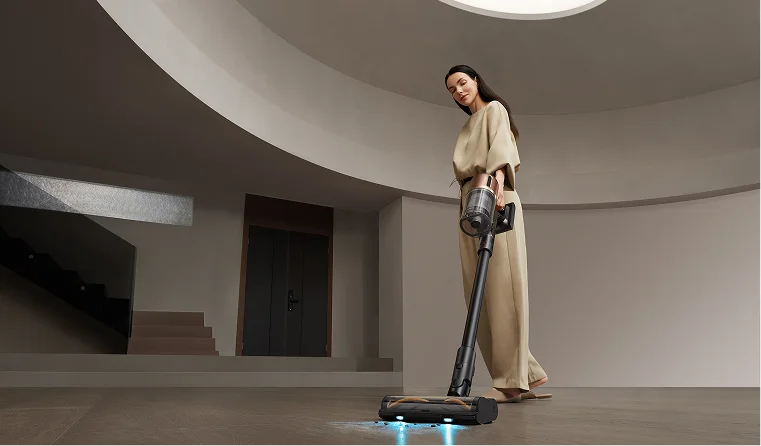
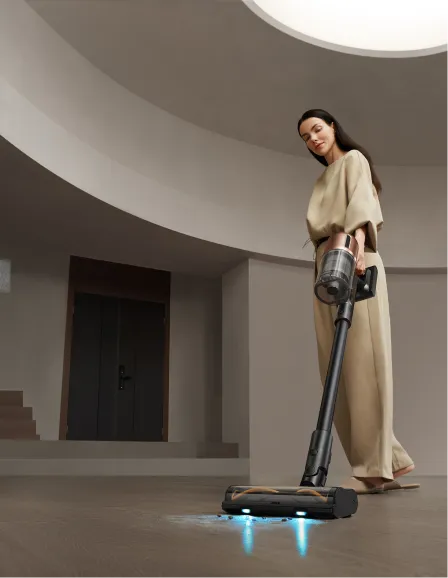
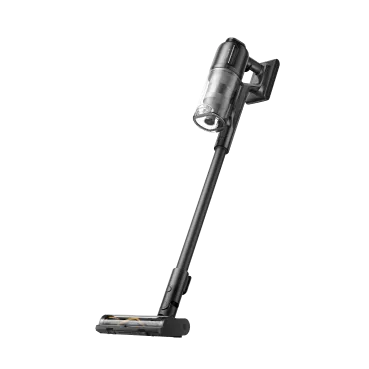
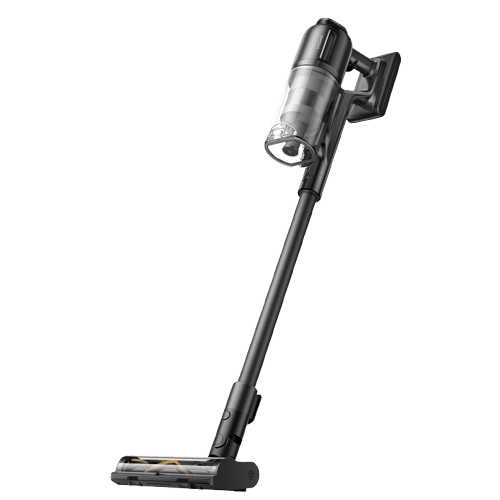
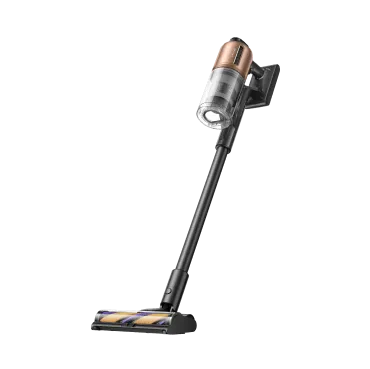
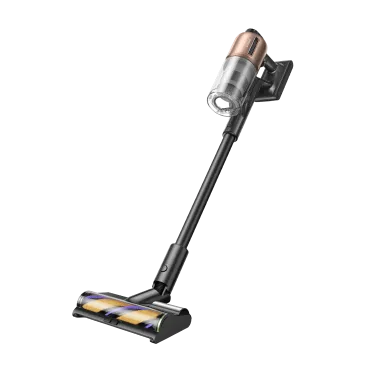
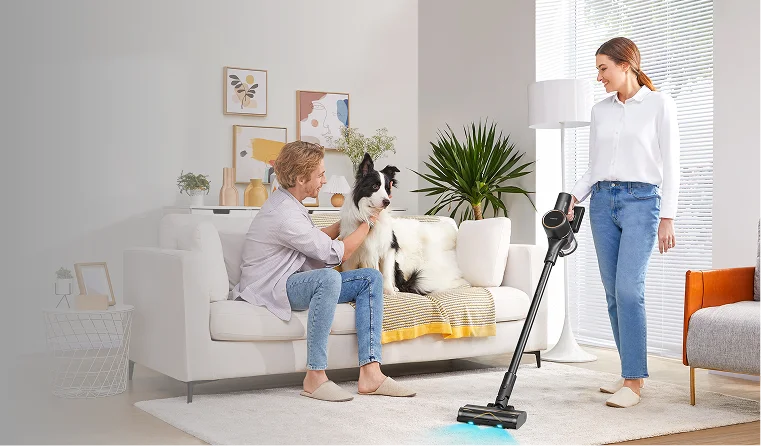
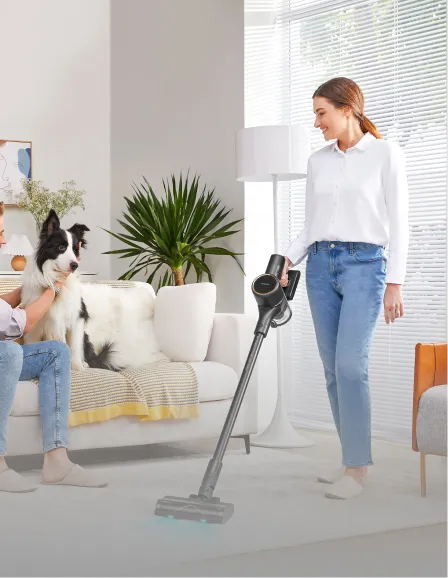
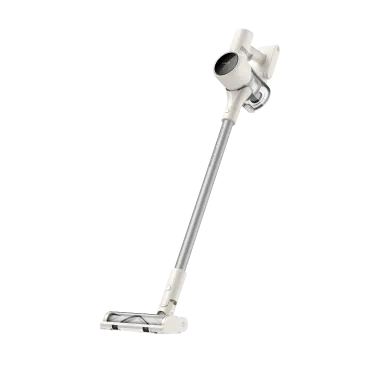
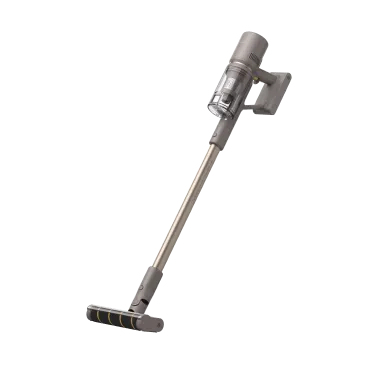
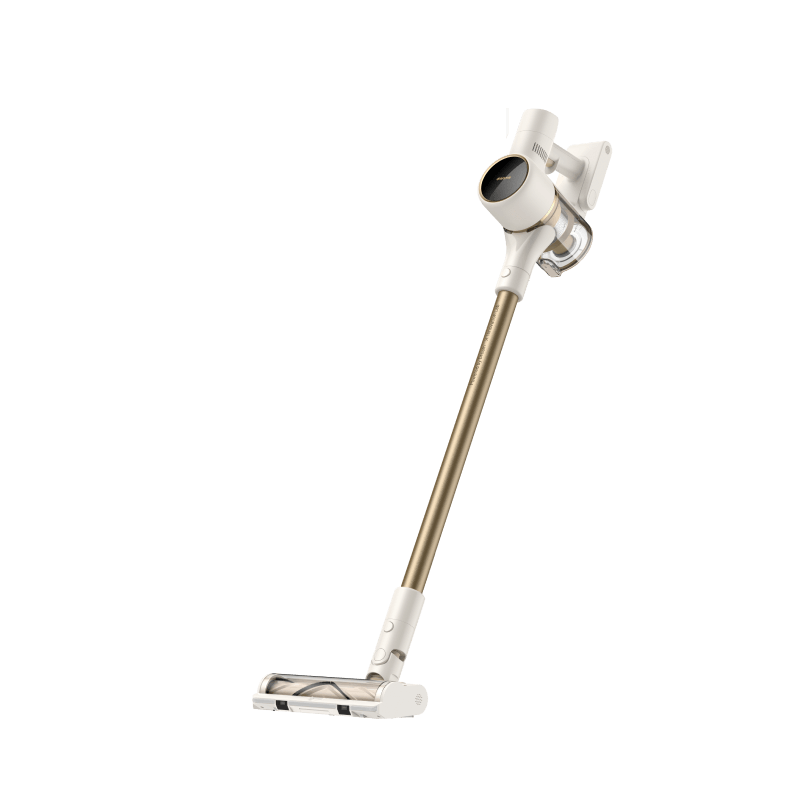
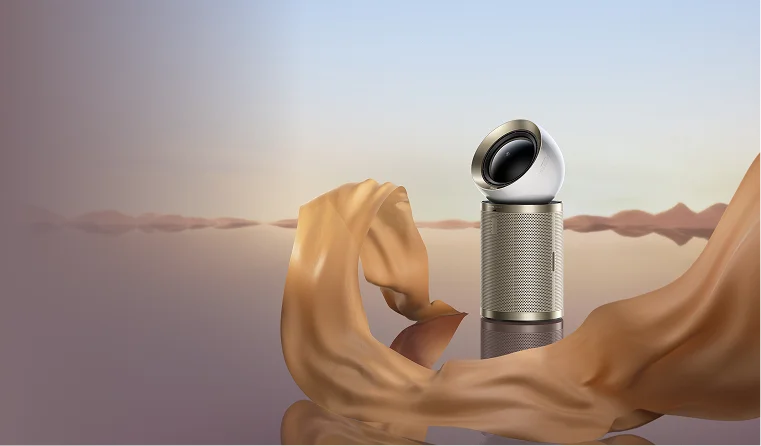
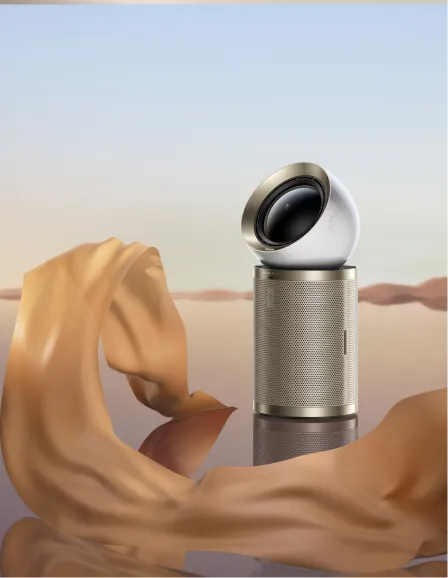

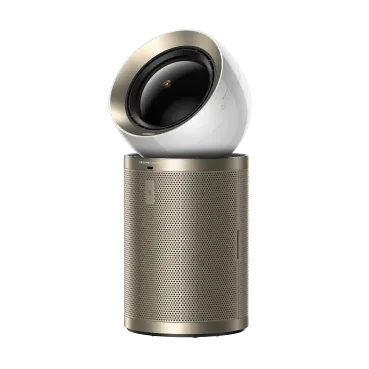
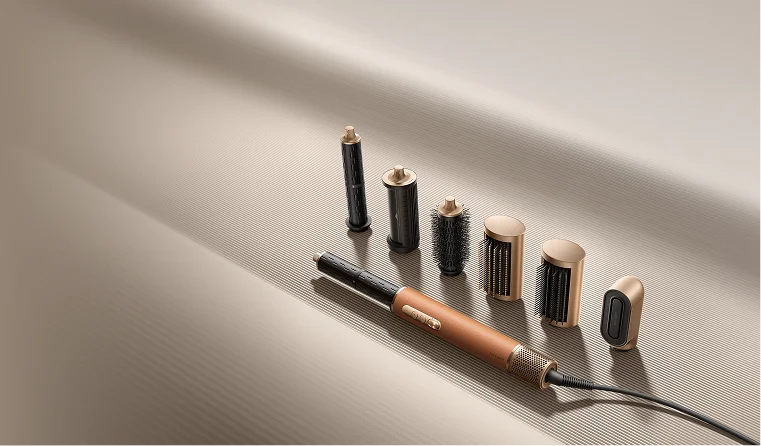
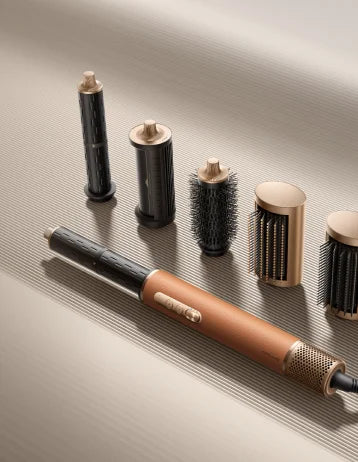
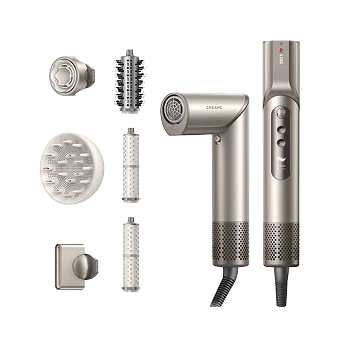
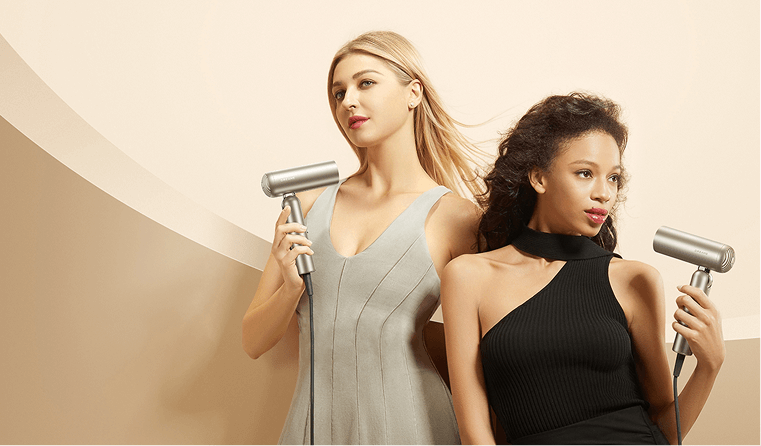

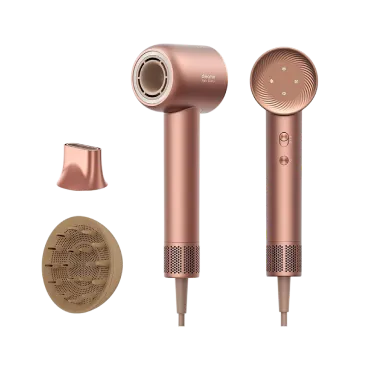
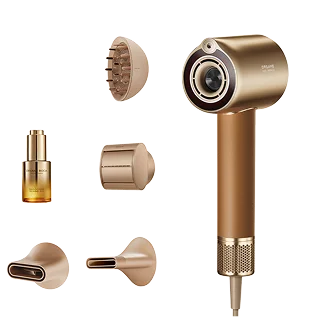
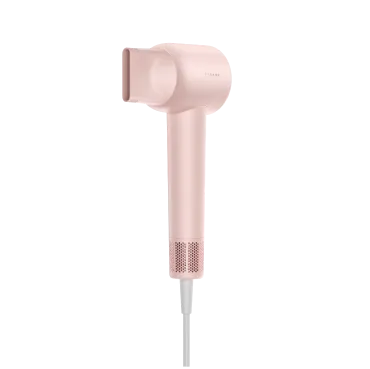


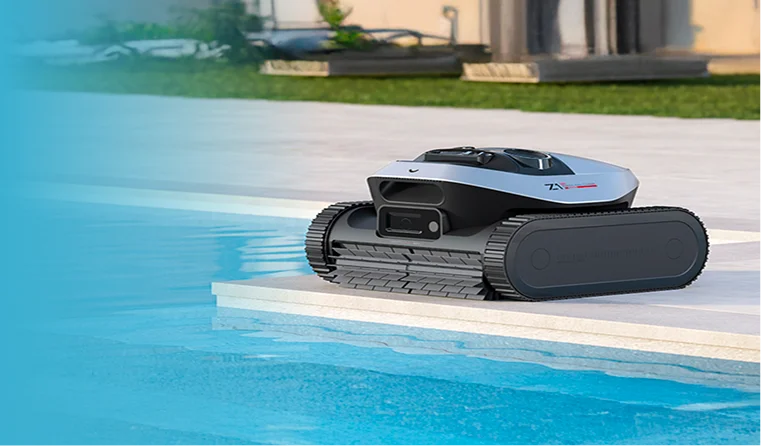
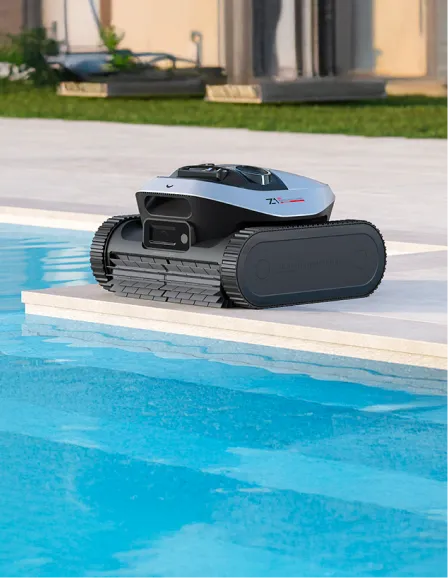
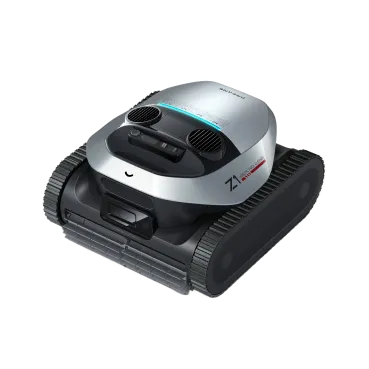
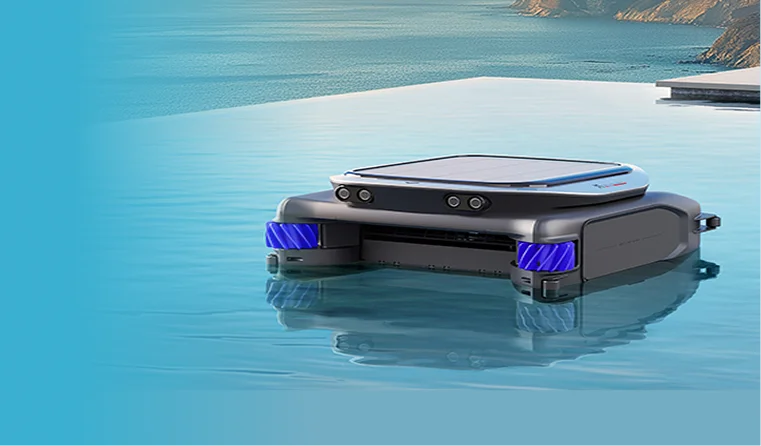
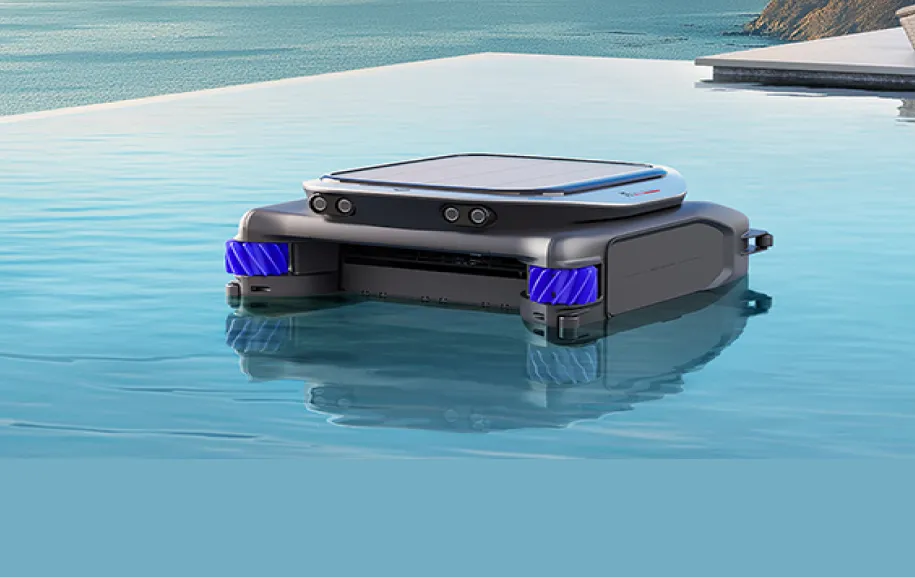










 Australia
Australia 中国大陆
中国大陆 日本
日本


 Türkiye
Türkiye


 Italia
Italia
 Netherlands
Netherlands Belgium
Belgium
 Greece
Greece Polska
Polska
 Norway
Norway
 Sweden
Sweden
 Finland
Finland
 Denmark
Denmark
 Hungary
Hungary Czechia
Czechia
 Slovenia
Slovenia
 Croatia
Croatia
 Switzerland
Switzerland United Kingdom
United Kingdom
 Canada
Canada



